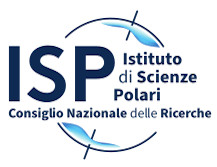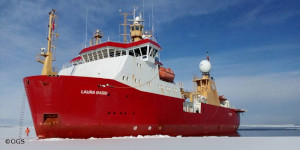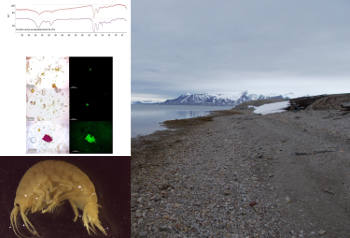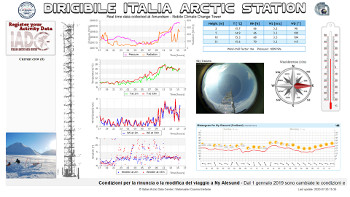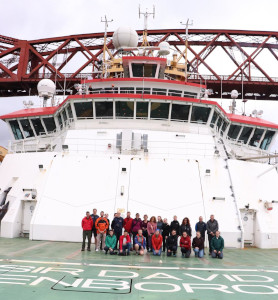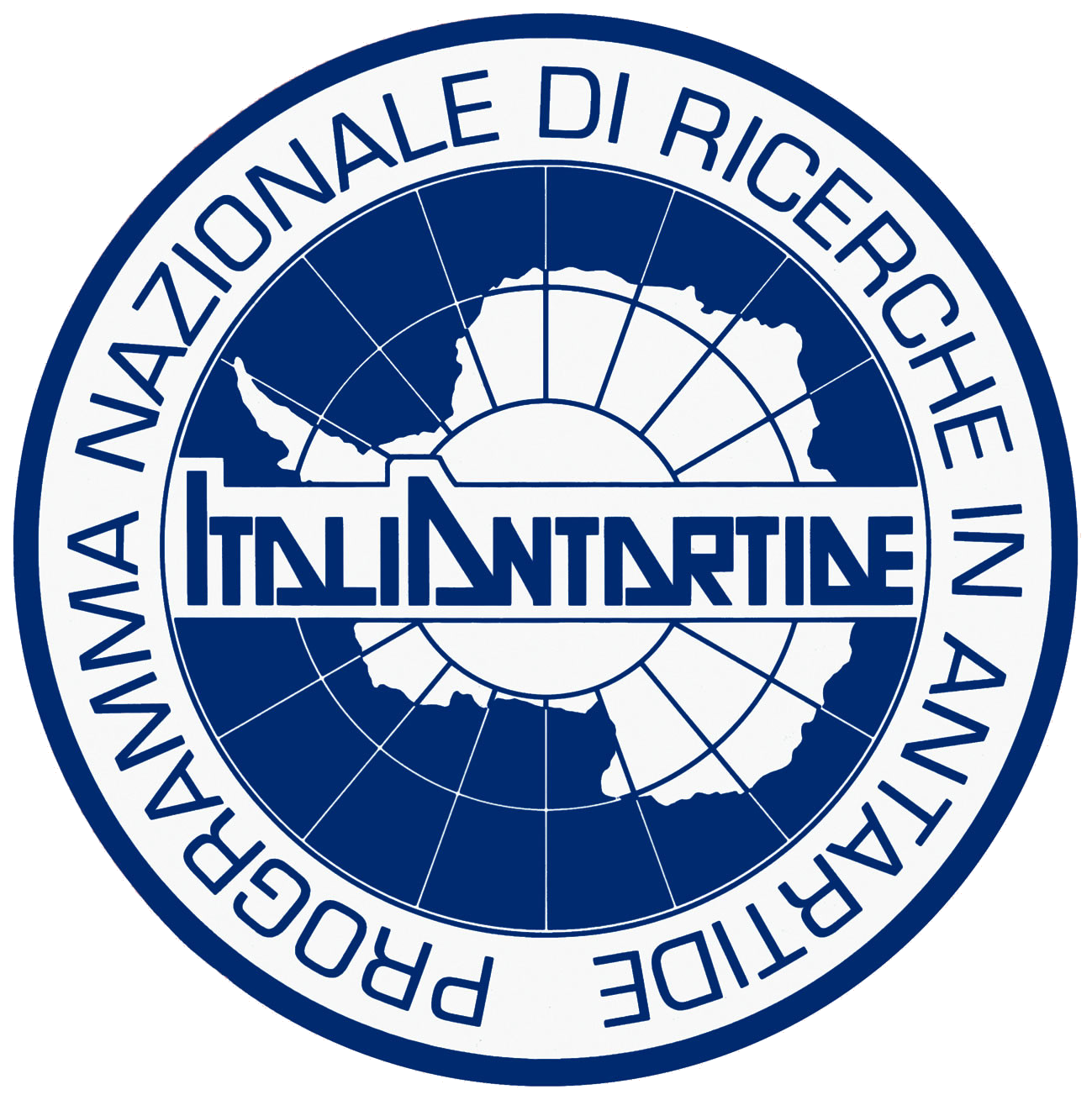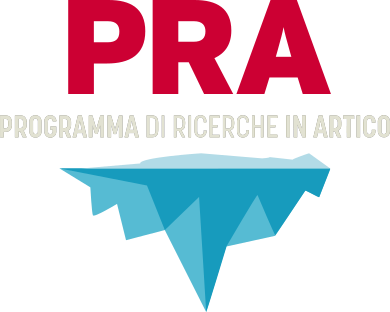
Archivio (469)
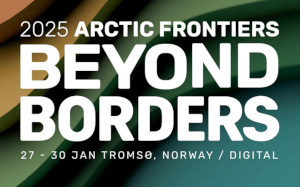 At Arctic Frontiers 2025: Beyond Borders, there will be seven science themes. These represent the latest developments in Arctic research and span the physical and social sciences, as well as technological developments and innovative methods. Each theme is co-organised by a session committee and led by scientists from our partner organisations.
At Arctic Frontiers 2025: Beyond Borders, there will be seven science themes. These represent the latest developments in Arctic research and span the physical and social sciences, as well as technological developments and innovative methods. Each theme is co-organised by a session committee and led by scientists from our partner organisations.
 Arctic PASSION is an EU HORIZON 2020 project aiming to co-create and implement of a coherent, integrated Arctic observing system: the Pan-Arctic Observing System of Systems - pan-AOSS. It aims to overcome known flaws in the present observing system by refining its operability, improving, and extending pan-Arctic scientific and community-based monitoring and the integration with Indigenous and Local knowledge, by streamlining the access and interoperability of Arctic Data systems and services, and by ensuring the economic viability and sustainability of the observing system for years to come. The pan-AOOS shall allow for the monitoring of ongoing environmental changes, reduce uncertainly in predicting future system changes, support risk assessment, and inform and guide mitigation and adaptation measures, and to support sustainable development in the Arctic and elsewhere.
Arctic PASSION is an EU HORIZON 2020 project aiming to co-create and implement of a coherent, integrated Arctic observing system: the Pan-Arctic Observing System of Systems - pan-AOSS. It aims to overcome known flaws in the present observing system by refining its operability, improving, and extending pan-Arctic scientific and community-based monitoring and the integration with Indigenous and Local knowledge, by streamlining the access and interoperability of Arctic Data systems and services, and by ensuring the economic viability and sustainability of the observing system for years to come. The pan-AOOS shall allow for the monitoring of ongoing environmental changes, reduce uncertainly in predicting future system changes, support risk assessment, and inform and guide mitigation and adaptation measures, and to support sustainable development in the Arctic and elsewhere.
Annual meeting of the Arctic PASSION project consortium - Timetable
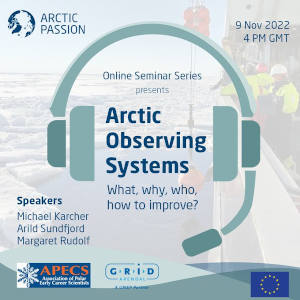 Webinar on 09.11.2022, 4 pm GMT on Zoom.
Webinar on 09.11.2022, 4 pm GMT on Zoom.
Arctic PASSION Online Seminar on Arctic Observing Systems
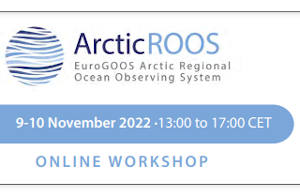
The workshop will focus on the current state of in situ ocean observing in the Arctic, with sessions covering ocean and sea ice observing as well as new technologies and data management.
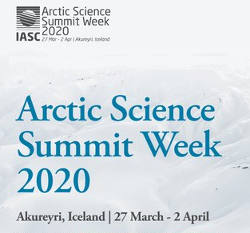 Convened by the International Arctic Science Committee (IASC)
Convened by the International Arctic Science Committee (IASC)
Hosted by the Icelandic Centre for Research and the University of Akureyri
ASSW2020 Site
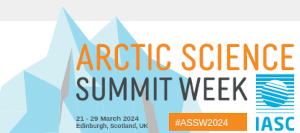 The Arctic Science Summit Week (ASSW) is organised annually by the International Arctic Science Committee to provide opportunities for coordination, cooperation and collaboration between the various scientific organisations involved in Arctic research.
The Arctic Science Summit Week (ASSW) is organised annually by the International Arctic Science Committee to provide opportunities for coordination, cooperation and collaboration between the various scientific organisations involved in Arctic research.
In even number years the ASSW includes the Arctic Observing Summit (AOS), a high-level, biennial summit that aims to provide community-driven, science-based guidance for the design, implementation, coordination and long-term operation of Arctic observing systems.
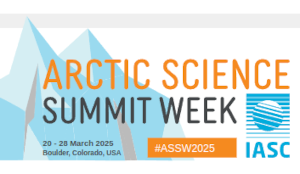 The theme of ASSW 2025 is Arctic Research Planning for the Next Decade as it will include the Fourth International Conference on Arctic Research Planning (ICARP IV) Summit, providing a unique opportunity for participants to contribute toward planning the next decade of Arctic research. The ICARP IV Summit will engage Arctic researchers, Indigenous Peoples, policymakers, and other interested parties from around the world, serving as a crucial milestone for shaping the Fifth International Polar Year in 2032–33.
The theme of ASSW 2025 is Arctic Research Planning for the Next Decade as it will include the Fourth International Conference on Arctic Research Planning (ICARP IV) Summit, providing a unique opportunity for participants to contribute toward planning the next decade of Arctic research. The ICARP IV Summit will engage Arctic researchers, Indigenous Peoples, policymakers, and other interested parties from around the world, serving as a crucial milestone for shaping the Fifth International Polar Year in 2032–33.
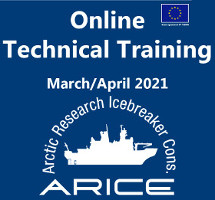 The online technical training series organized by the Arctic Research Icebreaker Consortium and the Association of Early Polar Career Scientists (APECS) may be what you are looking for! Exciting training modules taught by experts looking to share their knowledge and experience are waiting for you in March and April of 2021.
The online technical training series organized by the Arctic Research Icebreaker Consortium and the Association of Early Polar Career Scientists (APECS) may be what you are looking for! Exciting training modules taught by experts looking to share their knowledge and experience are waiting for you in March and April of 2021.
You can learn about marine robotics, the challenges of atmospheric measurements, how to manage working in a laboratory when it is moving and best practices in technical science support. The course is of interest for both, scientists and technical professionals.
14 Settembre 2021
Conclusa la campagna della nave rompighiaccio N/R Laura Bassi. La nave, di proprietà dell’OGS, ha svolto operazioni di posa e manutenzione di strumentazione oceanografica nelle acque delle Isole Svalbard. Sono stati coinvolti circa 40 ricercatori di OGS e CNR. Geofisica e oceanografia sono al centro delle attività dei tre grandi progetti della missione, coordinati rispettivamente da Renata Lucchi (OGS), Maurizio Azzaro (CNR-ISP) e da Laura Ghigliotti (CNR-IAS), finanziati dal PRA (Programma di Ricerca in Artico).
Sono state osservate microplastiche negli oceani, nelle acque dolci, nei suoli, nei sedimenti, nelle acque potabili, e anche nelle aree polari. Nel lavoro pubblicato su Environmental Research, i ricercatori dell’Enea, dell’Università La Sapienza e dell’Istituto di Scienze Polari (CNR-ISP) hanno osservato la presenza di microplastiche ingerite da Gammarus setosus (Amphipoda), un crostaceo diffuso nelle Isole Svalbard e in altre aree dell’Artico.
Le microplastiche ingerite dal G. setosus sono state studiate con tecniche specifiche di colorazione e tramite spettroscopia infrarossa (Micro-FTIR). Le particelle di plastica ritrovate all’interno degli organismi analizzati avevano dimensioni comprese tra i 3 e i 370 µm (milionesimi di metro).
More...
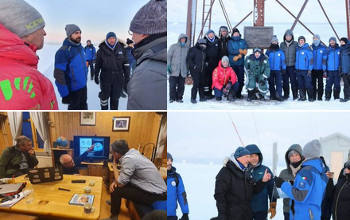 26 Febbraio 2020
26 Febbraio 2020
Due giorni con il Cnr alle Isole Svalbard. Con il ministro, anche Fabio Trincardi direttore del Dipartimento Scienze del Sistema Terrestre e Tecnologie ambientali, il direttore f.f. dell’Istituto di Scienze Polari (CNR-ISP) Leonardo Langone e il neo Direttore, sempre del (CNR-ISP), Carlo Barbante.
26 Luglio 2020
Le misure della Amundsen-Nobile Climate Change Tower (CCT) del CNR confermano l'ondata di calore che ha investito le Isole Svalbard e che ha avuto il suo picco nella giornata di sabato 25 luglio.
La temperatura misurata alla CCT ha superato i 18 °C, battendo il precedente record registrato dalla nostra torre pari a 16.9 °C, del 6 luglio 2019.
Curiosamente, questo è stato anche l'anno in cui abbiamo misurato la temperatura più bassa: -31.4 °C (11 marzo 2020).
(Mauro Mazzola CNR-ISP)
I dati in tempo reale dalla CCT
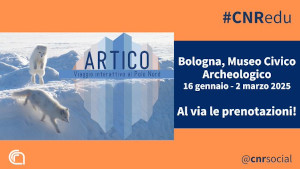 La mostra Artico - Viaggio interattivo al Polo Nord fa tappa al Museo Archeologico di Bologna, dal 16 gennaio al 2 marzo 2025. Comunicato CNR - Galleria fotografica
La mostra Artico - Viaggio interattivo al Polo Nord fa tappa al Museo Archeologico di Bologna, dal 16 gennaio al 2 marzo 2025. Comunicato CNR - Galleria fotografica
Record di visitatori per l'edizione di Bologna della mostra - LOCANDINA
Programma completo degli eventi collaterali alla mostra
Gli argomenti e gli eventi si raggruppano attorno a tre macro aree: L'Artico ci è vicino; Artico, regioni polari e spazio; Bologna in Artico.
E' partita il 19 luglio 2024, la prima spedizione scientifica di sei settimane in Groenlandia della nave oceanografica rompighiaccio Royal Research Ship (RRS) Sir David Attenborough del British Antarctic Survey (BAS). La missione fa parte del progetto Kang-Glac - Assessing ocean-forced, marine-terminating glacier change in Greenland during climatic warm periods and its impact on marine productivity, guidata da un team interdisciplinare di 40 scienziati e personale di supporto provenienti da istituti di ricerca di tutto il mondo tra cui le nostre ricercatrici ISP. Il team si concentrerà su siti chiave vicino al fiordo di Kangerlussuaq, con l'obiettivo di quantificare i tassi di fusione dei principali ghiacciai e la vita nelle acque costiere della Groenlandia sud-orientale, una delle aree del Pianeta più colpite dal cambiamento climatico, valutando gli impatti sulla circolazione oceanica e sulla produttività marina. La nave, una delle più avanzate al mondo per la ricerca polare, lavorerà nella Groenlandia sudorientale per approfondire la comprensione della rapida diminuzione della calotta glaciale della regione e dei suoi impatti sul clima. (Chiusura della campagna)
(English version)
Luisa Patrolecco (CNR-ISP), Nicoletta Calace (ISPRA).
 Ministero dell'Universita e Ricerca
Ministero dell'Universita e Ricerca
Programma Ricerche Artico
Programma Nazionale di Ricerca in Antartide
 Ministero degli Affari Esteri e della Cooperazione Internazionale
Ministero degli Affari Esteri e della Cooperazione Internazionale
L'Italia e l’Artico
L’Italia e l’Antartide
CNR-ISP
Consiglio Nazionale delle Ricerche
Istituto di Scienze Polari
c/o Campus Scientifico - Università Ca' Foscari Venezia - Via Torino, 155 - 30172 VENEZIA MESTRE (VE)
Salvo diversa indicazione, il contenuto di questo sito è concesso in licenza : Attribuzione - Non commerciale - Condividi allo stesso modo 4.0 Internazionale (CC BY-NC-SA 4.0) 
Privacy policy e Cookie policy - Amministrazione trasparente CNR
